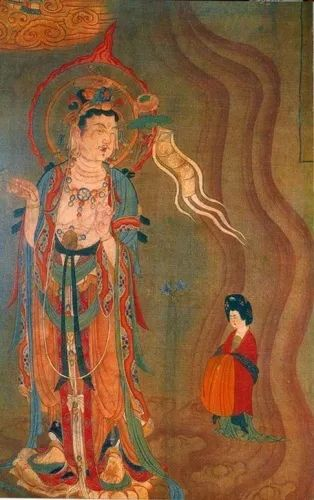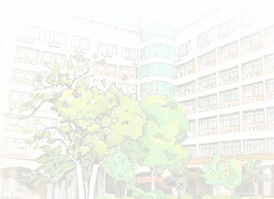Introduction
Dunhuang frescoes refer to the painting of the inner wall of dunhuang Grottoes in China. They are the treasures of Chinese traditional fresco art. They are the World Cultural Heritage. They inherit the deformation technique of traditional painting, cleverly shaped various figures of people, animals and plants.
Classification
Buddha Painting
As a kind of religious art, it is the main part of the mural. These include various Buddha statues
(Buddhas of Three Periods, Sakya, Prabhutaratna Buddha...), Bodhisattva (Manjusri Bodhisattva, KWAN-YIN, Mahasthamaprapta...), Eight Divisions of Dragons and Devas (heavenly king, Flying Apsaras, Asura, Garuda).

Jingbian Painting
It makes use of art forms such as painting and literature intelligently. It represents esoteric Buddhist scriptures, which is called “Jingbian ”. The way of painting represents the classic content
called “Bianxiang”. Those words and singing techniques used are called “Bianwen”
Donor Painting
Donors are those who financed the construction of grottoes. In order to show their believe in Buddhism and leave names behind, in the opening of the cave statue, they painted portraits of themselves and their families, relatives and slaves inside. These portraits are called donor portraits.
Decorated Painting
Colorful decorative pattern painting is mainly used for decoration of grotto buildings. And it is also used for table circumference, crown clothing and utensils decoration. Decorative patterns vary with the times. They show superb painting skills and rich imagination. It mainly has lantern deck ceiling pattern, edging pattern and so on.
Story Painting
In order to extensively attract the bilievers and vigorously publicize buddhist scriptures and dharma. It is necessary to instill the belivers of abstract and profound buddhist classical historical traces into simple and vivid forms to inspire them and make them believe in worship. Therefore, a large number of story paintings were painted in the caves, so that the believers could be imperceptitiously educated in the process of watching.
Story painting is rich in content, moving plot rich breath of life, with attractive charm. It can be divided into 6 categories: stories told by Buddhas, stories told by Bunsen, stories told by karma, stories told by Buddhist history, stories told by metaphors, and stories told by Xuanzang of the Tang Dynasty.
Landscape Painting
Landscape paintings in Dunhuang frescoes are all over the grottoes. It is rich in content and diversed in form. Most of them are integrated with warp painting and story painting.
Act as a foil, some accord to the buddhist landscape referring to real life and a high level of imagination. It depicts the beautiful natural scenery of the elysium with green mountains and clear waters and birds' twitter and fragrance of flowers. Some are independent paintings with landscape as the main body, such as cave 61 Wutai Mountain map.

Except the above six categories, there are architectural painting, utensils painting, flower and bird painting, animal painting, etc.
Showcase

The fresco tells the story of the nine-color deer who often helps people in trouble. After the deer helping the snake charmer, the snake charmer betrays the deer to the king. The queen is greedy and loves beauty. Heard of the existence of nine color deer, the queen hopes to capture nine color deer with deerskin to make coat. And nine color deer with magic power risk, snake people finally get due karma story.
This brief introduction gives us a basic understanding of the Dunhuang frescoes. As college students in the new era, we should not let this excellent traditional culture be buried in the long river of time.






